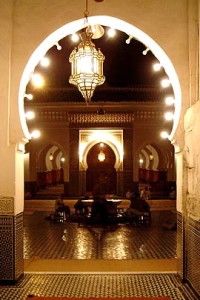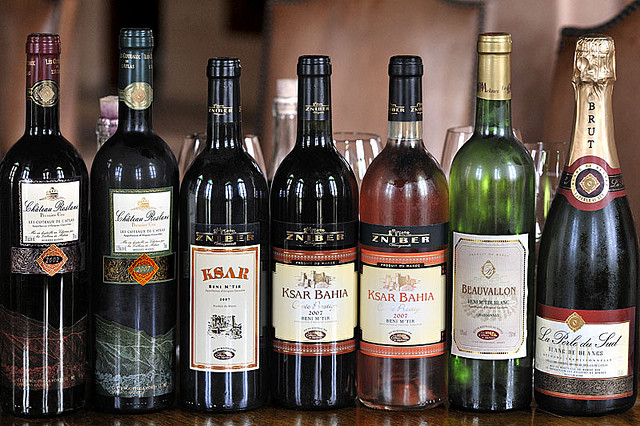Imperial Meknes, What to See and Do, Your Morocco Tour Guide
November 9th, 2013
Morocco ‘s 4th Imperial City of Meknes is often left off tourist itineraries. Meknes is a UNESCO World heritage site and has massive imposing ramparts, 25 kms long, built by Sultan Moulay Ismail, of the Alaouite dynasty, who ruled Morocco from 1672-1727. He chose Meknes as his capital because of…



